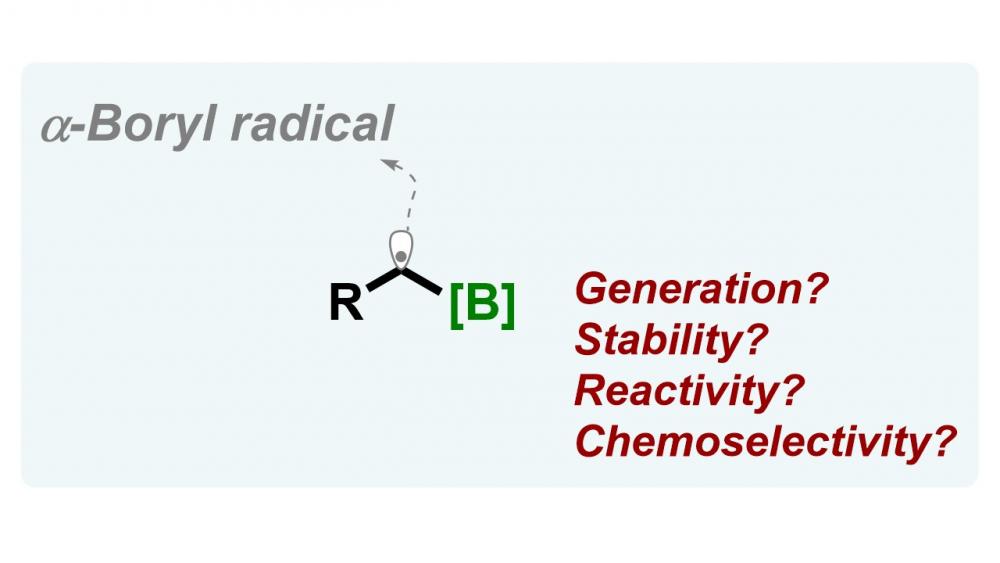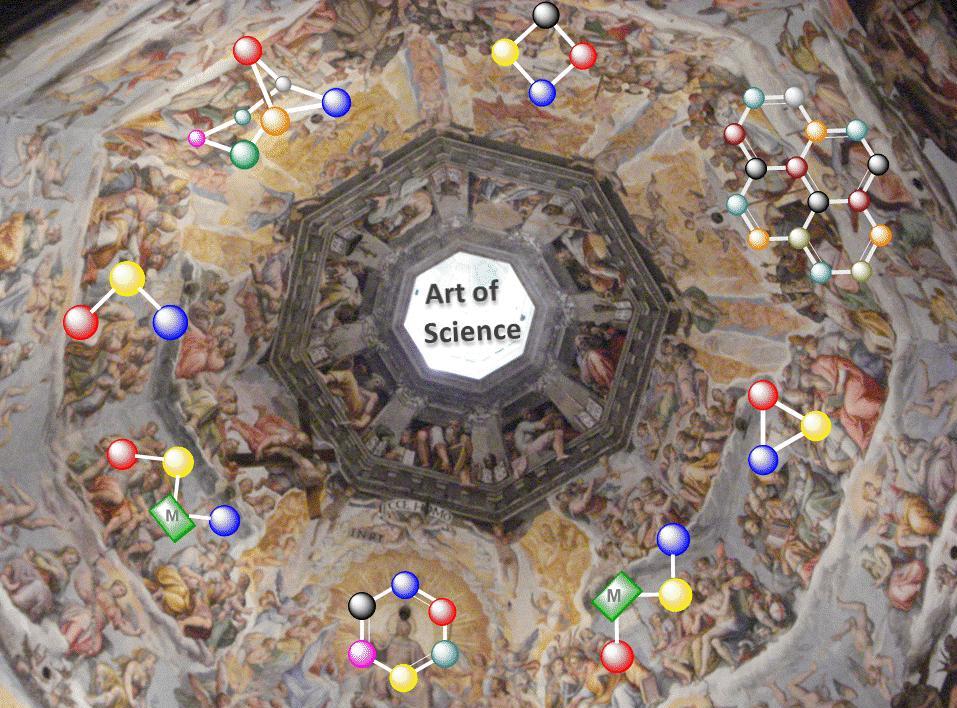Citation:
Abstract:
Organoborons are extremely important for synthetic organic chemistry; they can serve as advanced intermediates for a variety of transformations. Such a well-known transformation involves the loss of the boron moiety, creating alkyl radicals. Although these originally developed protocols for alkyl radical generation remain in active use today, in recent years their α-boryl carbon-centred radicles have been joined by a new array of radical generation strategies that offer a unique reactivity to forge a wider diversity of organoborones that often operate under mild and benign conditions. Herein, we will highlight the stability and reactivity of α-borylalkyl radicals and their remarkably recent advances in order to further utilise them for C–C and C–heteroatom bond formation. Their use for this purpose has been reported over the last decade in an attempt to guide the synthetic community. Various transition-metal and metal-free methods for their generation are presented, and more advanced photoredox approaches are discussed, mainly for the period of time 2009-2019.

Notes:
(Invited Review), the paper has been chosen for inclusion in an Editor’s Choice collection. i.e. specially curated collection on “Organic Synthesis”. rsc.li/CCOrganic_Synthesis

